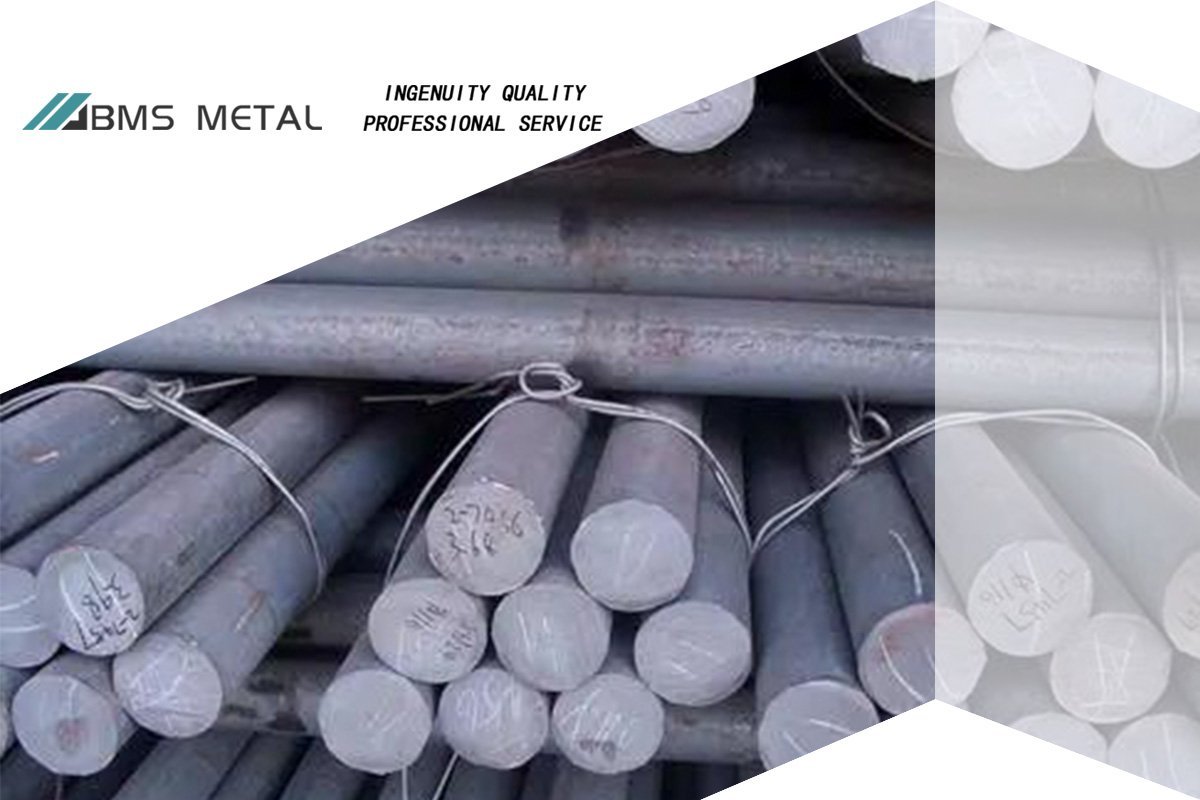Introduction to Bar Stock Steel
Bar stock steel is a fundamental material in various industries, known for its versatility and strength. It comes in a variety of shapes and sizes, making it an essential component in manufacturing, construction, and engineering projects. The importance of bar stock lies not just in its structural role but also in its ability to be tailored to specific applications, depending on the type of steel used.
Understanding the different types of steel used in bar stock is crucial for selecting the right material for your project. Each type of steel offers unique properties that can affect the performance, durability, and cost-effectiveness of the final product. This article will provide a comprehensive overview of the types of steel commonly used in bar stock, helping you make an informed decision for your specific needs.
Types of Steel Used in Bar Stock
Carbon Steel Bar Stock
- Definition and Composition:
- Carbon steel is a widely used material in bar stock, known for its strength and affordability. It primarily consists of iron and carbon, with trace amounts of other elements that enhance its properties.
- Common Grades:
- The most common grades of carbon steel used in bar stock include 1018 and 1045. These grades are popular for their balance of strength, machinability, and cost.
- Applications and Benefits:
- Carbon steel bar stock is commonly used in the manufacturing of shafts, machinery components, and structural applications where high strength and moderate toughness are required.
Alloy Steel Bar Stock
- Definition and Composition:
- Alloy steel is a type of steel that is alloyed with a variety of elements to improve its mechanical properties. These elements can include chromium, molybdenum, and nickel, among others.
- Common Grades:
- Popular grades of alloy steel used in bar stock include 4140 and 4340. These alloys offer enhanced strength, toughness, and wear resistance compared to carbon steel.
- Advantages and Uses:
- Alloy steel bar stock is ideal for applications requiring high strength and fatigue resistance, such as in the aerospace, automotive, and heavy machinery industries.
Stainless Steel Bar Stock
- Definition and Corrosion Resistance:
- Stainless steel is renowned for its corrosion-resistant properties, making it a preferred choice for environments exposed to moisture and chemicals. It contains chromium, which forms a passive layer of chromium oxide, protecting the material from rust.
- Common Grades:
- The most commonly used grades of stainless steel in bar stock include 304 and 316. Grade 316 is particularly favored in marine environments due to its superior resistance to chlorides.
- Industries and Applications:
- Stainless steel bar stock is widely used in industries such as food processing, marine, medical devices, and architectural projects where hygiene and corrosion resistance are critical.
Tool Steel Bar Stock
- Definition and Specialized Properties:
- Tool steel is a high-carbon steel that is specially formulated to be used in the manufacturing of tools. It is characterized by its hardness, resistance to abrasion, and ability to hold a sharp edge.
- Common Grades:
- Common grades of tool steel used in bar stock include A2 and D2. These steels are known for their durability and are used in the production of cutting tools, dies, and molds.
- Applications:
- Tool steel bar stock is essential in applications where precise cutting, shaping, and machining are required, particularly in the tool and die industry.
